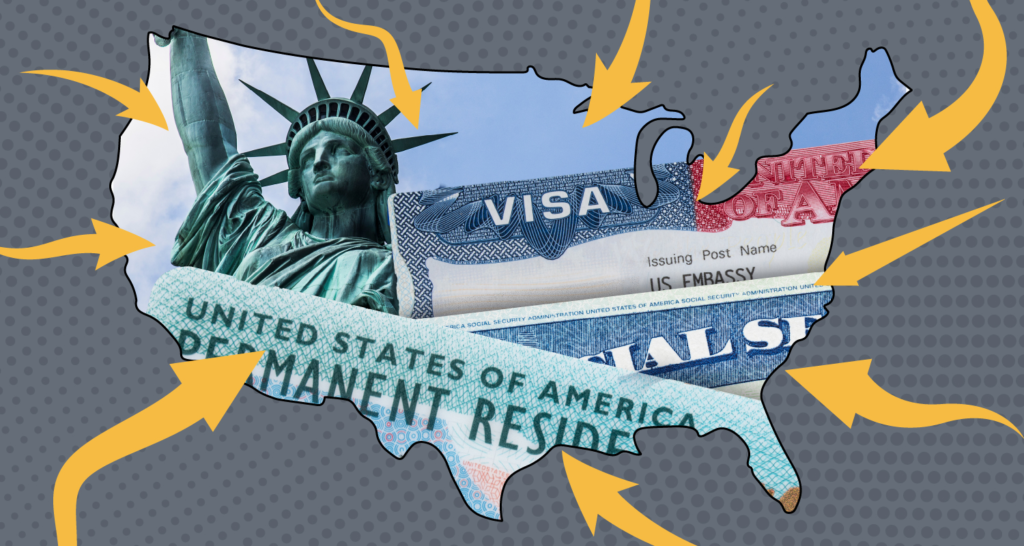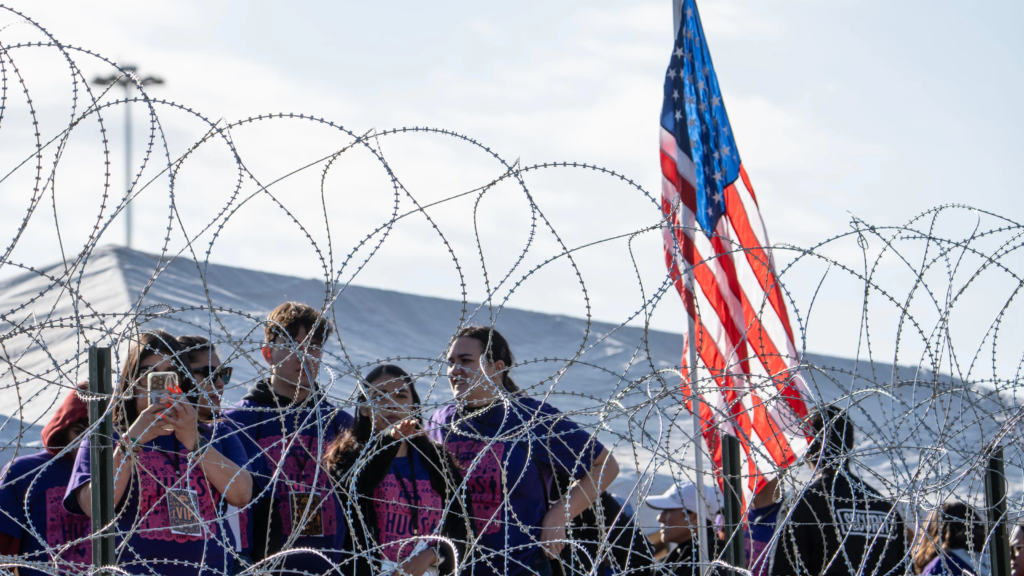Immigration policy and border strategy are at the center of U.S. debates on economics, politics, and security. From visa fee increases to enforcement measures and new approaches at the southern border, these policies affect not only migrants but also American businesses, taxpayers, and international relations. Immigration remains one of the most divisive issues in U.S. politics, shaping campaigns and influencing long-term national growth.
The Economic Impact of Immigration Policy
Immigration is tied closely to the U.S. economy. Migrants fill roles in agriculture, construction, technology, and healthcare, sectors where labor shortages are common. When immigration rules change, businesses and communities feel the effects.
Visa Fees and Financial Burdens
Recent increases in visa fees have raised concerns across industries. The government argues these fees are necessary to cover administrative costs and reduce taxpayer spending. Critics counter that the hikes act as hidden taxes, discouraging international students, straining families seeking reunification, and hurting small businesses that depend on foreign workers.
Higher costs in student visas may reduce enrollment in U.S. universities, while increased work visa fees can leave smaller employers unable to fill crucial jobs. Families working through the immigration system also face higher expenses, delaying reunification. These consequences ripple across the economy, from agriculture to education.

Migrant Labor and Workforce Needs
Migrant labor plays a crucial role in sustaining the U.S. workforce. Agriculture depends on seasonal workers to harvest crops, while healthcare relies on foreign-trained doctors and nurses, particularly in rural areas. Restrictive policies can disrupt these sectors, leading to labor shortages, rising costs, and declining service availability.
For example, tighter rules in agriculture often result in higher food prices due to shortages of farm workers. Similarly, limits on healthcare worker visas can worsen shortages in hospitals and clinics.
The Political Debate
Immigration policy is deeply political, reflecting divisions over identity, fairness, and security. While economic benefits are widely recognized, political narratives often emphasize enforcement and control.
Partisan Perspectives
Republicans generally prioritize stricter enforcement, tougher visa rules, and strong border security. Democrats tend to advocate for pathways to citizenship, more humanitarian protections, and flexible visa programs. Both parties agree reform is needed but offer sharply different approaches.
This divide results in frequent policy changes with each new administration. Executive orders, shifts in visa processes, and new enforcement strategies create instability for migrants, businesses, and global partners.
Public Opinion
American attitudes on immigration are mixed. Many people see immigrants as essential to economic growth, while others worry about illegal immigration and strain on services. Polls often show broad support for legal immigration but concern about enforcement. These divided opinions make immigration a central issue during elections.
Border Strategy and Enforcement
The U.S. border strategy has long been one of the most contested elements of immigration policy. Enforcement methods combine physical barriers, advanced technology, and international cooperation.
Walls, Technology, and Patrols
The southern border wall became a political symbol, particularly under the Trump administration. While some sections were built, experts agree that barriers alone cannot address complex migration flows. Today, enforcement includes drones, cameras, patrols, and partnerships with countries like Mexico.
Despite these efforts, the humanitarian costs remain high. Families are separated, asylum seekers face long waits, and living conditions in detention facilities often draw criticism.
Domestic Enforcement
Immigration enforcement also extends inside U.S. borders through Immigration and Customs Enforcement (ICE). Raids, detentions, and deportations target undocumented migrants. Supporters argue that enforcement upholds the law, while critics say it spreads fear in immigrant communities, discouraging people from reporting crimes or accessing healthcare.
Balancing Security and Humanitarian Needs
One of the greatest challenges in immigration policy is balancing national security with humanitarian responsibilities. The U.S. has a long history as a destination for refugees and asylum seekers, but delays and stricter eligibility rules limit access for many.
Humanitarian advocates argue for policies that prioritize vulnerable groups, while others stress the importance of preventing abuse of asylum systems. Achieving a balance between compassion and enforcement is a continuing struggle.
International Dimensions of Immigration Policy
Immigration policies also affect global relationships. Cooperation with countries like Mexico and Central American nations is necessary for managing migration patterns. U.S. aid programs that address poverty, violence, and climate change in migrants’ home countries can reduce migration pressures, but these require significant investment and long-term planning.
Restrictive policies can also strain trade and educational ties with allies. When students, business professionals, and tourists face barriers, the U.S. risks losing influence and economic opportunities.

The Push for Reform
Experts argue that comprehensive immigration reform is the only way to create long-term stability. Short-term changes such as raising fees or expanding enforcement cannot address the root challenges. Possible reforms include streamlining visa processes, reducing costs, expanding legal pathways for workers, and improving humanitarian protections.
Investments in border technology could enhance security while avoiding some of the human costs of physical barriers. At the same time, international cooperation is needed to tackle the causes of migration in home countries.
The Human Side of the Debate
Behind every policy are personal stories. Migrants often make sacrifices to pursue better opportunities, facing long waits, high costs, and uncertainty. Families endure separation, students worry about their status, and workers face the threat of deportation. Communities along the border manage security pressures, while taxpayers debate the costs of government programs.
These human stories highlight the real impact of immigration policy beyond numbers and politics. They remind policymakers that reforms must consider the people most affected.
Conclusion
Immigration policy and border strategy remain among the most pressing issues in the U.S. Rising visa fees, shifting enforcement tactics, and evolving border strategies reflect the ongoing tension between economic needs, political divides, and humanitarian obligations.
While immigration provides immense benefits, it also poses challenges that require thoughtful solutions. Comprehensive reform, balancing security with compassion, and international cooperation are key to building a system that works for both the U.S. and those seeking to build a life within its borders.
The future of immigration policy will not only shape the lives of migrants but also define the nation’s economic strength and political identity for decades to come.
Do Follow USA Glory On Instagram
Read Next – Healthcare Budget Battles Threaten Medicaid and ACA






